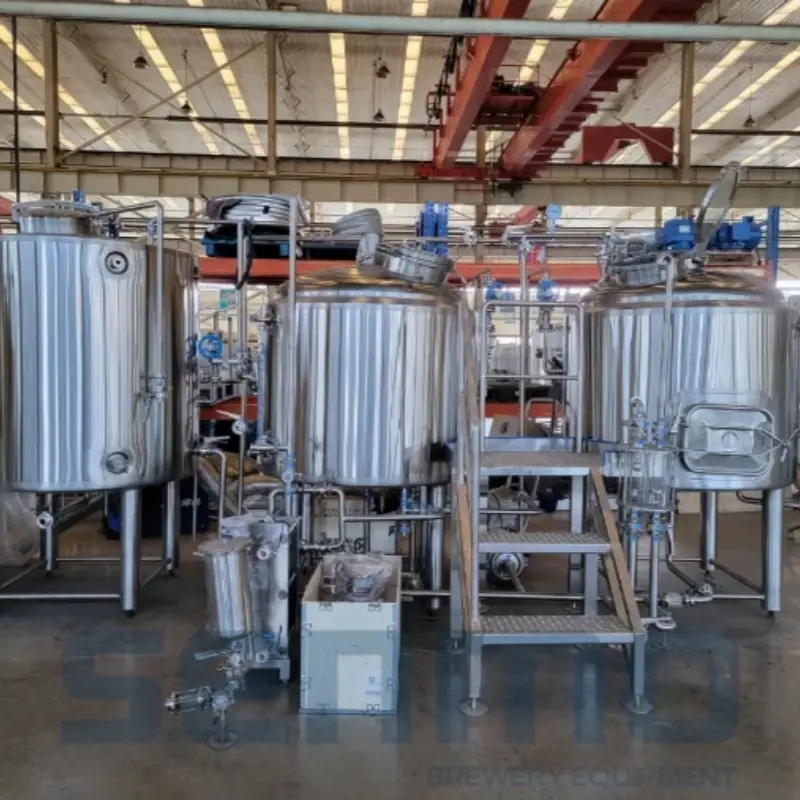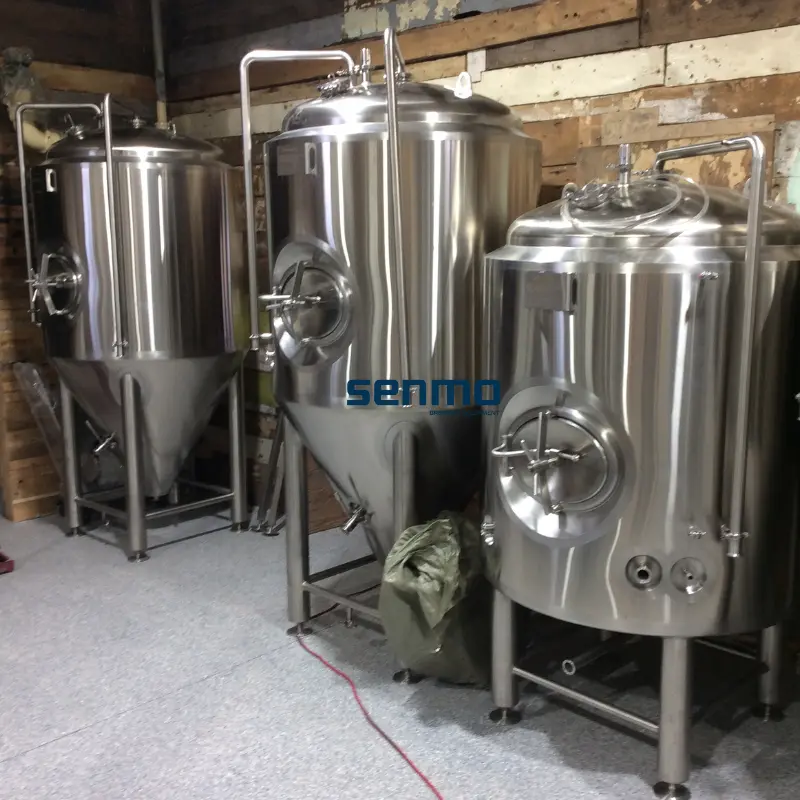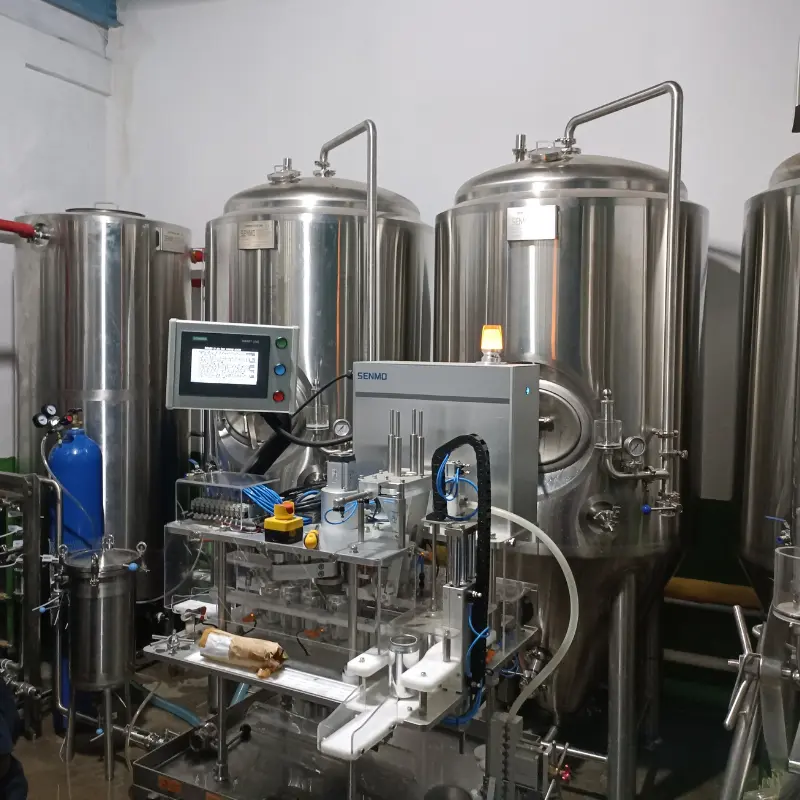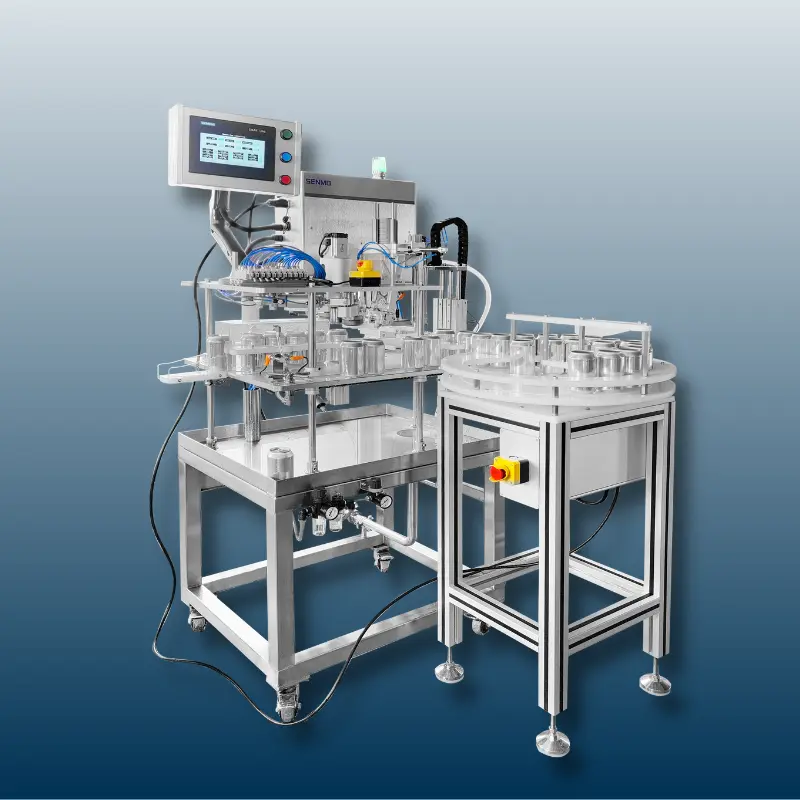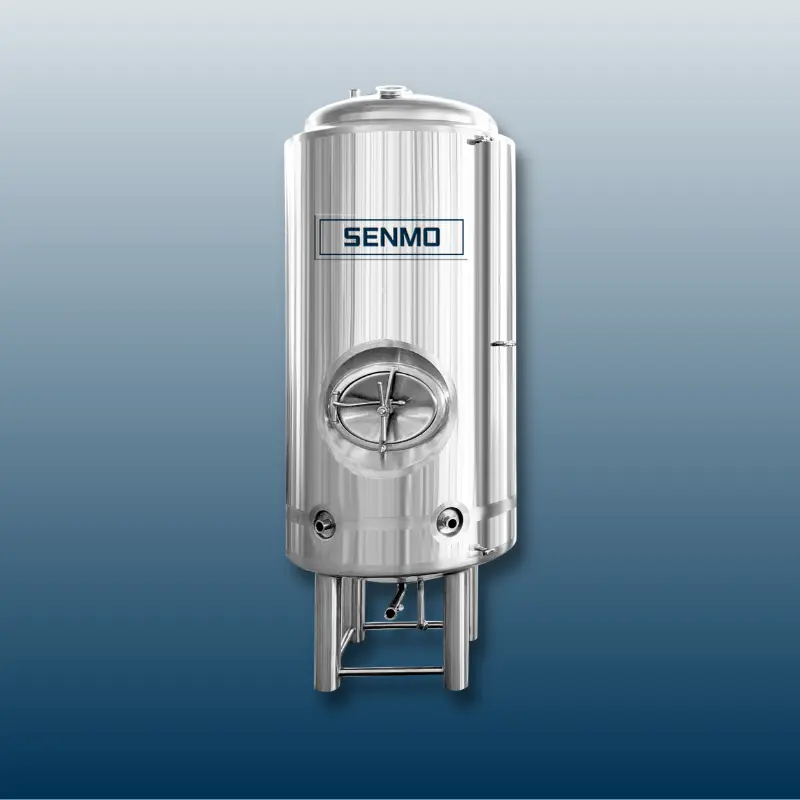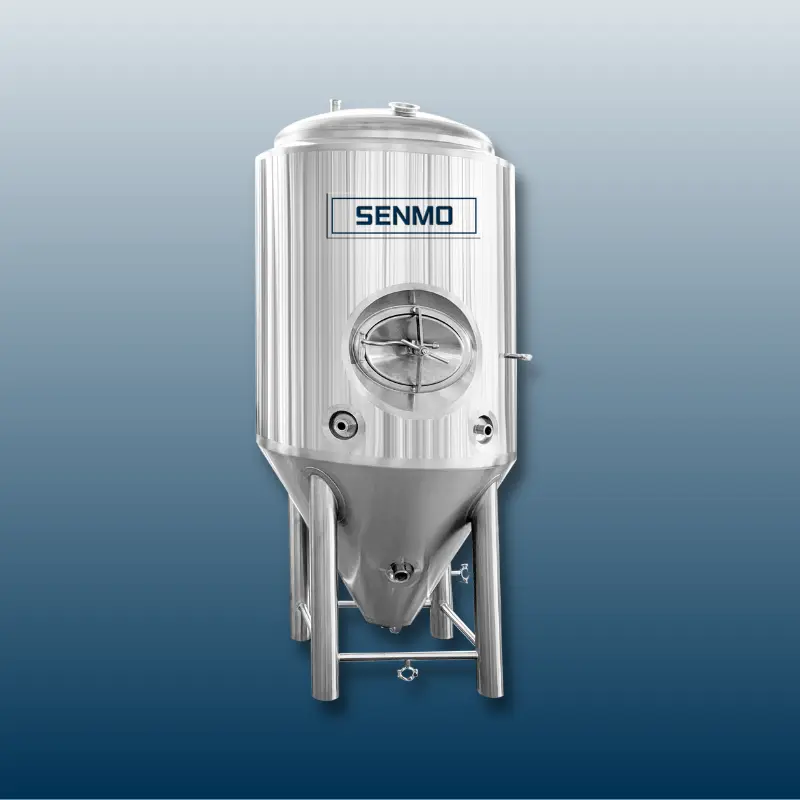Choosing the right brewhouse size is one of the most critical decisions for any brewery startup or expansion. Your choice will affect not only your initial investment but also your operational costs, production capacity, staffing, and growth potential. With options like 7 BBL, 15 BBL, and 30 BBL brewhouses widely available, it's essential to understand the differences to make the most informed decision.
In this article, we will explore what each brewhouse size offers, break down their pros and cons, and provide practical data to help you align your choice with your business goals.
Understanding Brewhouse Capacity
A brewhouse's size is measured in barrels (BBL), where 1 BBL equals 31 gallons or approximately 117 liters. The brewhouse size determines how much beer you can produce in a single batch. It directly influences how often you need to brew, your storage needs, labor requirements, and your ability to meet market demand.
Here is a quick conversion table:
| BBL Size | Gallons per Batch | Liters per Batch |
|---|---|---|
| 7 BBL | 217 | 823 |
| 15 BBL | 465 | 1,760 |
| 30 BBL | 930 | 3,520 |
Choosing the right size means balancing your current needs with your future growth plans.
7 BBL Brewhouse — The Small-Scale Option
Who It’s For
Nano breweries
Small brewpubs
Pilot systems for experimental brews
Breweries focusing on taproom sales
Production Capacity
Assuming 5 brews per week and 50 weeks of operation annually:
| BBL Size | Annual Production (BBL) | Annual Production (Gallons) |
| 7 BBL | 1,750 | 54,250 |
Pros
Lower Startup Costs: Equipment, utilities, and space requirements are significantly smaller.
Operational Flexibility: Easier to manage experimental and seasonal batches.
Smaller Staff Requirements: Often run by 1-3 people.
Ideal for Direct-to-Consumer Sales: Taproom or brewpub focused businesses thrive with small batch flexibility.
Cons
Limited Production Volume: Hard to scale up without additional brewing cycles.
Labor-Intensive: More frequent brewing to meet growing demand.
Higher Per Unit Cost: Ingredients and utilities used less efficiently.
Typical Costs
Equipment: $150,000 - $250,000
Facility: 1,500 - 3,000 sq. ft.
Startup Inventory: $10,000 - $30,000
15 BBL Brewhouse — The Mid-Size Sweet Spot
Who It’s For
Growing microbreweries
Regional distribution
High-volume brewpubs
Breweries with modest distribution plans
Production Capacity
Assuming 5 brews per week and 50 weeks of operation annually:
| BBL Size | Annual Production (BBL) | Annual Production (Gallons) |
| 15 BBL | 3,750 | 116,250 |
Pros
Balanced Cost and Volume: Efficient production without excessive startup costs.
Easier Scaling: Accommodates increasing demand better than 7 BBL.
Operational Efficiency: Better labor and raw material utilization.
Wider Market Reach: Enables limited distribution alongside taproom sales.
Cons
Higher Startup Costs: Requires larger facility and more equipment.
Risk of Undercapacity: May still outgrow production capacity if demand spikes.
Increased Operational Complexity: Staffing, logistics, and storage need careful planning.
Typical Costs
Equipment: $300,000 - $500,000
Facility: 3,000 - 6,000 sq. ft.
Startup Inventory: $30,000 - $60,000
30 BBL Brewhouse — The Production Workhorse
Who It’s For
Regional and national distribution breweries
Contract brewing facilities
High-demand, large-scale production breweries
Production Capacity
Assuming 5 brews per week and 50 weeks of operation annually:
| BBL Size | Annual Production (BBL) | Annual Production (Gallons) |
| 30 BBL | 7,500 | 232,500 |
Pros
High Efficiency: Lower production cost per barrel due to economies of scale.
Strong Margin Potential: Better suited for large orders and distribution.
Longer Shelf Stability: Larger batches mean less variation between products.
Professional Perception: Easier to attract larger distribution contracts and partnerships.
Cons
Very High Startup Costs: Requires significant capital investment.
Larger Facility Requirement: Needs 10,000+ sq. ft. space.
Higher Staffing Needs: Requires a professional team to manage complex operations.
Market Risk: Must maintain consistent demand to remain profitable.
Typical Costs
Equipment: $750,000 - $1,500,000+
Facility: 10,000 - 20,000 sq. ft.
Startup Inventory: $80,000 - $150,000
Key Comparison Table
| Feature | 7 BBL | 15 BBL | 30 BBL |
| Target Market | Brewpub/Nano | Microbrewery/Regional | Regional/National |
| Annual Production | ~1,750 BBL | ~3,750 BBL | ~7,500 BBL |
| Startup Equipment Cost | $150k - $250k | $300k - $500k | $750k - $1.5M+ |
| Facility Size | 1,500-3,000 sq. ft. | 3,000-6,000 sq. ft. | 10,000-20,000 sq. ft. |
| Labor Needs | 1-3 people | 3-6 people | 6-12+ people |
| Typical Batch Size | 217 gallons | 465 gallons | 930 gallons |
| Flexibility | High | Medium-High | Low-Medium |
| Distribution Focus | Taproom | Local/Regional | Regional/National |
Factors to Consider When Choosing
1. Business Model
Are you planning to operate primarily as a brewpub, or do you want to distribute your products widely? Brewpubs often thrive with 7-15 BBL systems, while packaging and regional distribution usually require 15-30 BBL or larger.
2. Market Demand
Accurate market research is crucial. Estimate local demand, competition, and growth opportunities before committing.
3. Capital Investment
Smaller brewhouses cost less upfront but may require reinvestment sooner. Larger brewhouses need bigger upfront capital but offer long-term efficiency.
4. Space Requirements
Facility availability may limit your brewhouse size. A 7 BBL brewhouse system can operate in a small commercial space, while a 30 BBL system demands a warehouse-level facility.
5. Operational Complexity
Larger systems require more staff, training, quality control, and logistics coordination.
6. Production Flexibility
Smaller systems allow for seasonal and experimental brews; larger systems favor core brands and consistent high-volume output.
Real-World Scenarios
Scenario 1: The Neighborhood Brewpub (7 BBL)
"Hops & Harmony" operates a 100-seat brewpub in a mid-sized city. With a 7 BBL brewhouse, they produce multiple small batches weekly, rotating seasonal beers and customer favorites. The owners directly engage with customers and keep overhead low.
Scenario 2: The Growing Regional Brand (15 BBL)
"Mountain Range Brewing Co." started with a 15 BBL brewhouse system. After 2 years, they distribute within the state, maintain a taproom, and sell kegs to local restaurants. Production efficiency allows them to balance variety and volume.
Scenario 3: The National Ambition (30 BBL)
"Golden Peak Breweries" launched with investor backing, a 30 BBL brewhouse, and a 15,000 sq. ft. facility. They distribute across multiple states, fulfill large orders for retailers, and contract brew for smaller brands.
Conclusion
Choosing between a 7 BBL, 15 BBL, and 30 BBL brewhouse depends on your specific business vision, financial capacity, market research, and long-term goals. While a 7 BBL offers nimbleness and lower costs, a 15 BBL strikes an attractive balance for microbreweries aiming to grow. A 30 BBL system, on the other hand, can position your brewery as a serious contender in regional or national markets.
Careful planning now can save you significant money, effort, and stress down the road. Always align your brewhouse size with your realistic production needs and market opportunities.
